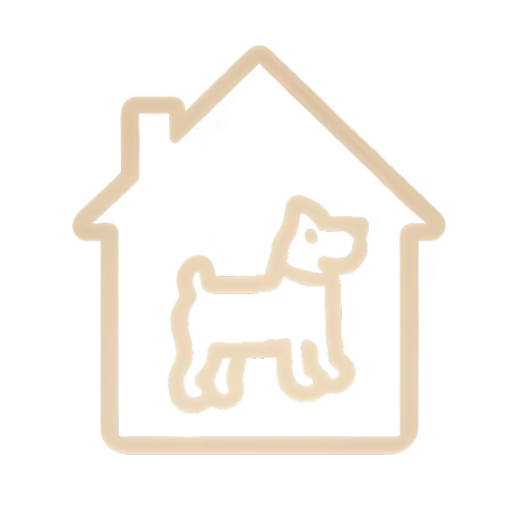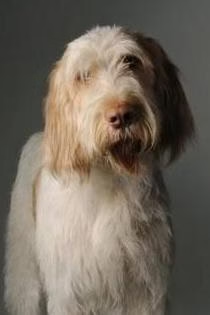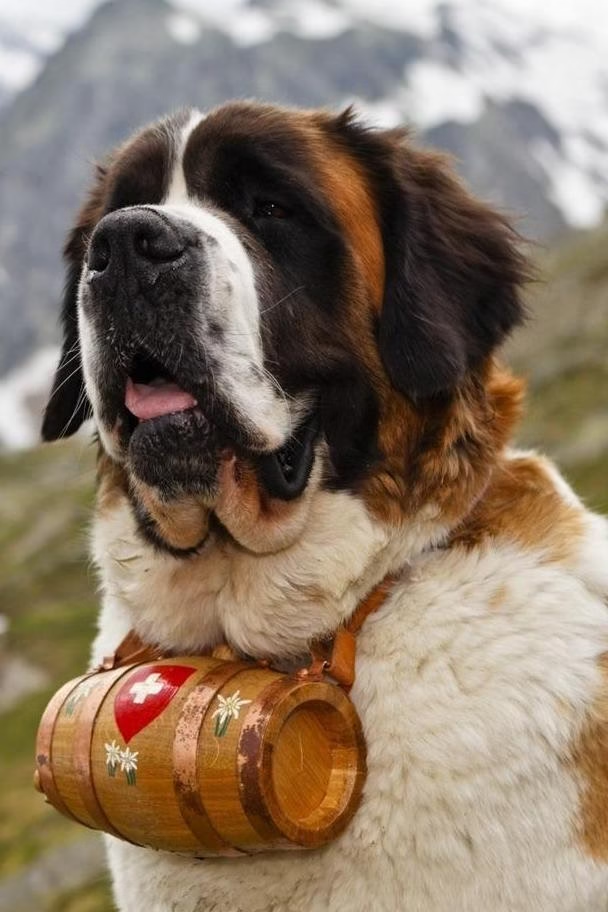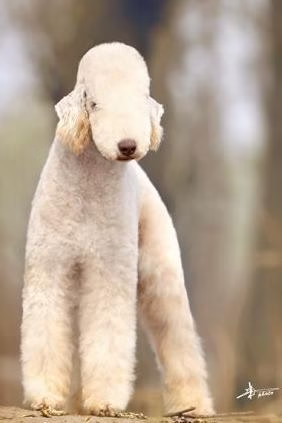Siberian Husky (Husky, Siberian Sled Dog)
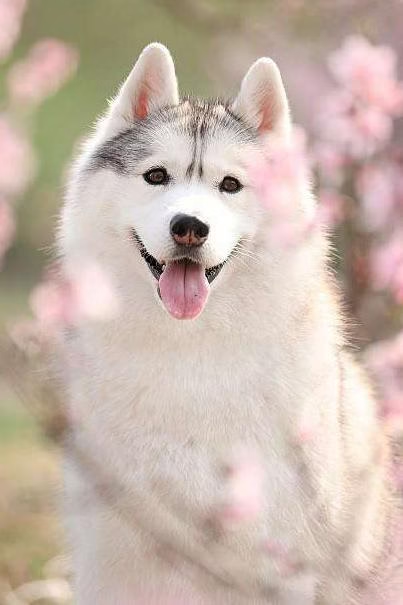
Siberian Husky
Husky, Siberian Sled Dog
Basic Information
- Category: Pet Dog
- Origin: Siberia, Russia
- Body Type: Large
- Height: 51-60cm
- Hair Length: Long-haired
- Lifespan: 13-18 years
Ratings
| Trainability | ⭐️⭐️⭐️⭐️ |
| Affection Level | ⭐️⭐️⭐️ |
| Barking Level | ⭐️⭐️⭐️ |
| Shedding Level | ⭐️⭐️⭐️⭐️ |
Breed Introduction
The Siberian sled dog (Husky) encompasses a variety of dogs commonly referred to as Huskies, generally used to denote all sled dogs from northern regions. Huskies were initially bred by the indigenous peoples of the Arctic. DNA analysis suggests that Huskies are among the oldest dog breeds in the world, although some scholars have raised doubts, arguing that hybridization with wolves, like that seen in Alaskan Malamutes and Siberian Huskies, might also give rise to breeds that appear ancient.
In contemporary times, many breeds have been selectively bred and registered with various kennel clubs, including the Siberian Husky and Greenland Husky. The Sakhalin Husky is a breed related to the Japanese Malamute and Akita. Alaskan Huskies live in Alaska (excluding Siberia and the Arctic regions), while the MacKenzie River Husky is a different breed residing in the Arctic and sub-Arctic regions of Alaska and Canada.
The species distribution of Siberian sled dogs includes many types referred to as Huskies, signifying sled dogs from northern regions. Huskies were originally bred by the indigenous peoples of the Arctic. Many breeds have been selectively bred and registered with various kennel clubs in modern times, including the Siberian Husky and Greenland Husky. The Sakhalin Husky is a breed related to the Japanese Malamute and Akita. Alaskan Huskies live in Alaska (excluding Siberia and the Arctic regions), while the MacKenzie River Husky is a different breed found in the Arctic and sub-Arctic regions of Alaska and Canada.
The development origins of Huskies began with the Siberian sled dog, bred by the nomadic Chukchi tribes of East and West Siberia. Initially, Huskies were used for pulling sleds, participating in large hunting activities, protecting villages, guiding reindeer, and guarding, operating in the harsh environments of Siberia. Over centuries, Siberian sled dogs have existed independently in the Siberian region. In the early 20th century, they were brought to the United States by fur traders. Before long, these dogs became world-renowned champions of sled dog racing. Now, they are widely appreciated as excellent companion dogs.
Historical records of the Siberian sled dog trace its ancestors back to before the Neolithic era. A group of Central Asian hunters migrated to the polar regions (that is, the Siberian end), and over time, the dogs accompanying these hunters developed into breeds unique to the North through prolonged breeding with Arctic wolf packs. Among the tribes that crossed the Arctic Circle and eventually settled in Greenland was the group that later developed the Siberian sled dog: the Chukchi people. Early on, the Chukchi trained these dogs to pull sleds and guard livestock, valued for their cold tolerance, small food requirements, and seriousness in work, making them important assets within the tribe. These early dogs, known as Siberian Chukchi dogs, are the ancestors of the modern Husky.
It is said that the name Husky comes from an Eskimo slang term for a hoarse voice, as the dogs had relatively low, hoarse barks, which led to this intriguing nickname. The origins of the Husky trace back to the early 18th century when Americans in Alaska began to learn about Husky sled dogs. In 1909, Siberian Husky sled dogs made their debut at a dog show in Alaska. In 1930, the Siberian Husky Club was officially recognized by the American Kennel Club.
Legends say that the Siberian sled dog is an ancestor of the Husky, having endured a long lineage involving Huskies, Samoyeds, Alaskan sled dogs, and others. The Siberian Husky is an ancient primitive breed, and the name originates from the unique hoarse bark of the Husky. In the primitive tribes of northeastern Siberia, the Chukchi people used these wolf-like Huskies as primitive means of transportation to pull sleds and to hunt and care for reindeer or to trade them out of their frozen lands for survival. Because Huskies are compact, sturdy, low-maintenance, and extremely adaptable to the harsh polar climate, they became valuable assets for the Chukchi.
Huskies (Siberian sled dogs) have always been bred by the nomadic Inuits of East and West Siberia, serving roles as sled pullers, reindeer guides, and guardians. Moreover, Huskies can thrive in the harsh environments of Siberia. For centuries, Huskies (Siberian sled dogs) have flourished in the Siberian region. In the early 20th century, they were brought to the United States by fur traders, quickly becoming world-famous champions of sled dog races.
